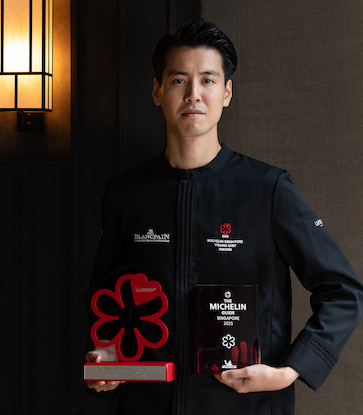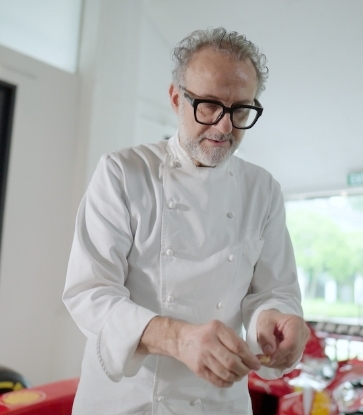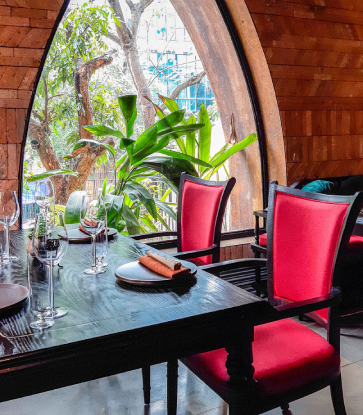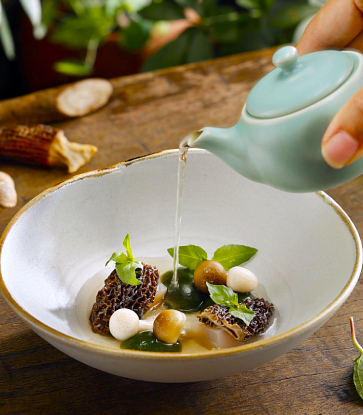A Scientific Approach To Cooking
Behind his thick rimmed glasses, the chef’s eyes sparkle with good humour and intelligence as he talks about his culinary career, his train of thought running on one after another. In the years since his initial foray into fries, he has made a name for himself at The Fat Duck as a pioneer in multi-sensory cooking, food pairing and flavour encapsulation by advocating a scientific understanding in cooking.

It was that scientific approach that he took on his quest for the perfect chip in 1992. To achieve a chip with what he calls a “glass-like” crispy crust with a soft, fluffy centre that didn’t become soggy when cooled, Blumenthal experimented with every factor involved in the cooking process, from the starch content of different varieties of potatoes to the type and temperature of the oil used. Finally, he settled upon the three-stage cooking process now known as triple-cooked chips.
The Three-stage Technique
The traditional method for cooking French fries is a two-stage process that involves first frying cut chips in oil at a lower temperature to cook them and then deep-frying at a higher temperature to crisp up the exterior. However, this means that the chips start to grow soggy almost immediately even before they are served as the moisture in the soft interior turns to steam and softens the crust.

And so, Blumenthal set out to come up with a chip that would keep its crunch. His recipe calls for simmering cut potatoes — the chef prefers dense, floury spuds like the Golden Wonder, Maris Piper, King Edward and Sebago — in water first for 20 to 30 minutes until they are almost falling apart. This step is important because the cracks provide places for the oil to collect and harden during frying, which is what makes them so crispy later on. The potatoes are then drained and placed on a cooling rack to dry out and then into the freezer for an hour or so until all moisture is completely removed.
The chips are then fried in small batches in a deep-fat fryer at 130°C till a light crust is formed, but not browned. Again, the fried chips are drained and placed in the freezer for another hour to eradicate all moisture. Finally, the chips are fried at 180°C for about seven minutes till they achieve a golden-brown crust.
Thinking aloud, Blumenthal runs through a laundry list of other signature dishes that he has come to be known for over the years, like Meat Fruit (chicken liver parfait masquerading as a mandarin), snail porridge, red cabbage gazpacho and the Sound Of The Sea, a dish where diners listen to the sound of waves and seagulls while dining on sashimi. “They’re milestone dishes I want to put on the wall at The Fat Duck. A timeline of events tracing the evolution of my cooking — not just the dish but the research and what led to the dish coming about,” he says. "When that time comes, you can be sure that triple-cooked chips will have pride of place on that very wall."
Banner Pic: Triple-cooked chips at The Hind's Head. (Pic: The Hind's Head Facebook)
RELATED: 5 Questions With Heston Blumenthal On Cooking At The F1 Paddock Club









1.jpg)












